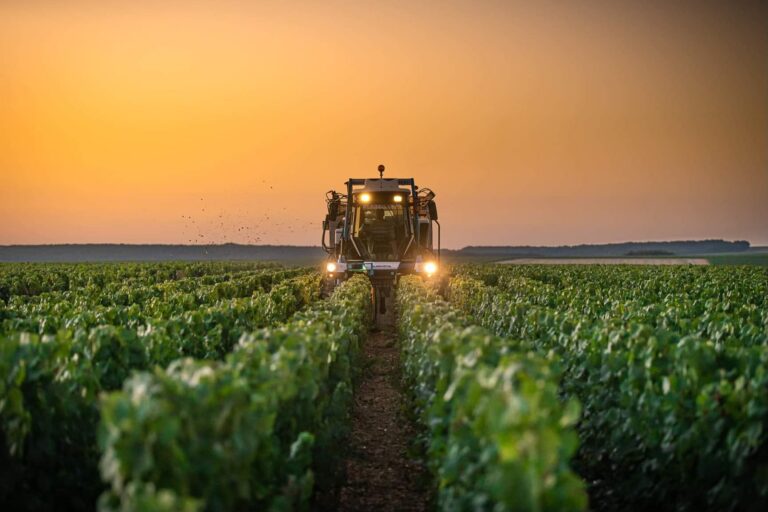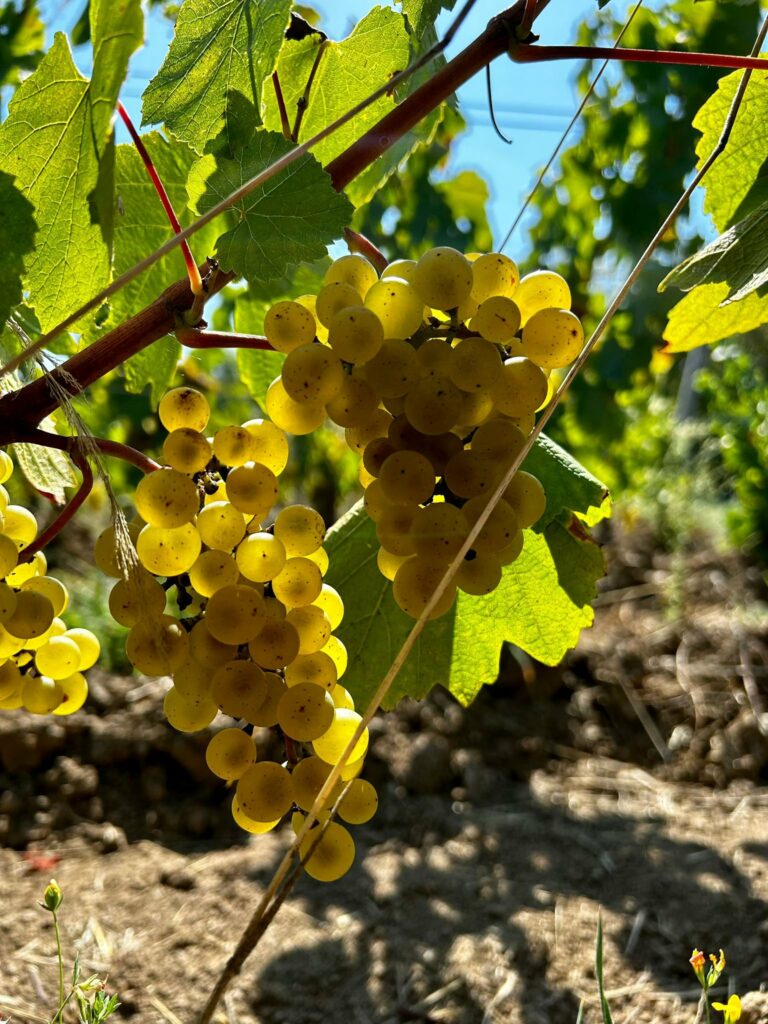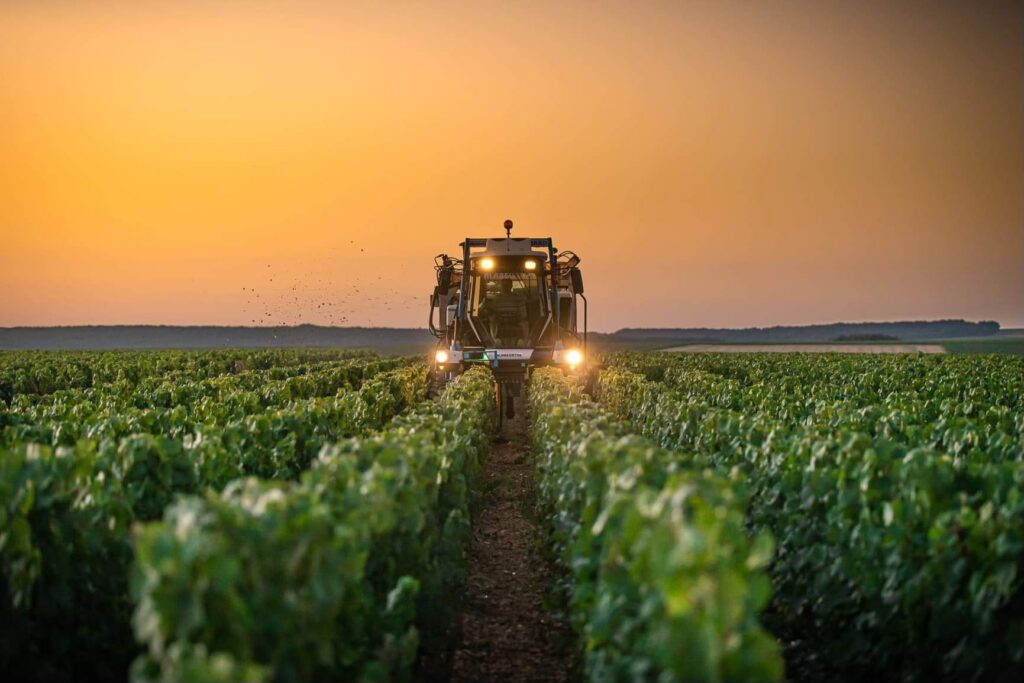
Bourgogne 2025: A vintage excellence in a challenging global climate
Bourgogne 2025: A vintage of balance and excellence in a challenging global climate
In 2025, Bourgogne has delivered a vintage of rare poise. After several years marked by climatic volatility and uneven yields, this harvest stands out for its harmony, precision and faithful expression of terroir. During its annual press conference on October 6, the Bureau Interprofessionnel des Vins de Bourgogne (BIVB) presented a largely optimistic assessment even as the global economic backdrop remains uncertain.

A calm and well-balanced growing season
The 2025 growing season will be remembered as one of renewed normality. Following a humid winter that replenished groundwater reserves, spring unfolded under mild and dry conditions, encouraging even budbreak and a smooth flowering. Summer was warm but never extreme, punctuated by a few timely rain showers that refreshed the vines and sustained steady ripening.
Two distinct phases defined the harvest: the first began in late August in the earliest areas, the second extended through September under bright, stable skies. The result is a crop that is both generous and balanced, producing wines of remarkable purity and freshness. Grapes entered the wineries in excellent health, with moderate alcohol levels, lively acidity and impressive aromatic definition.
For the whites, particularly in Chablis and the Côte de Beaune, the vintage promises exemplary tension and precision. The reds of the Côte de Nuits and Côte Chalonnaise display perfectly judged ripeness without excess, fine-grained tannins and a refined aromatic palette. The BIVB sums up the 2025 profile in a single word: “harmony”.
Regional Contrasts, Yet Consistent Quality
While the overall picture across Bourgogne is positive, regional differences remain. Areas affected by spring frost or localised weather events report more modest yields, whereas regions such as the Mâconnais enjoyed more generous production. On the whole, volumes sit around the ten-year average, a welcome return after several short harvests.
Producers particularly emphasise the calm, measured pace of the harvest, a rare experience in recent years often marked by erratic rainfall or extreme heat. Many see 2025 as a turning point: the expression of a more mature viticulture, where parcel-by-parcel precision, close soil observation and flexibility in harvest timing make all the difference.
An international market still Under Pressure

If the vineyards of Bourgogne are smiling again, the marketplace remains cautious. Exports have risen modestly (+5.6% in volume and +2.7% in value) supported by renewed demand in Europe and Asia. Yet the global context remains fragile: inflation, rising production costs, international conflicts, taxation, logistical constraints and trade uncertainties all weigh on profitability.
The United States remains the leading export destination for Bourgogne wines, followed by the United Kingdom, Japan and Canada. Domestic demand in France remains stable, though increasingly selective. The BIVB urges vigilance: in a world market that is more competitive than ever, Bourgogne’s enduring strength lies in its focus on value, authenticity and coherence of positioning.
